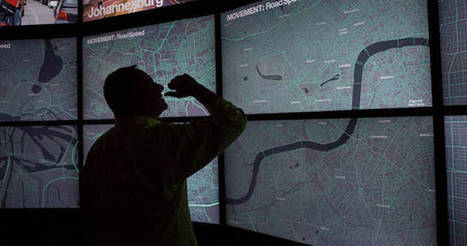This giant installation and a website you can play with at home lets you compare the worlds urban centers side by side.
We live in a world of easily accessible maps; however, our map knowledge is limited by the fact that no two cities collect data the same way. Maps often aren’t drawn to the same scale, and until now, there hasn’t been a way to compare data on things like income, cost of living, water distribution, and power grids.
It’s a problem that has bugged Richard Saul Wurman, the creator of the TED conference (as well as an architect and graphic designer), for decades.
Wurman recently teamed up with Jon Kamen of Radical Media and Esri president Jack Dangermond to create an ambitious solution: the Urban Observatory, an immersive exhibit featuring standardized comparative data on over 16 cities. Zoom in on one city map and other cities will simultaneously zoom in at the same scale, making it possible to compare data on traffic density, vegetation, residential land use, and so on.
Find more details and information at the article link...
Via Lauren Moss



 Your new post is loading...
Your new post is loading...










